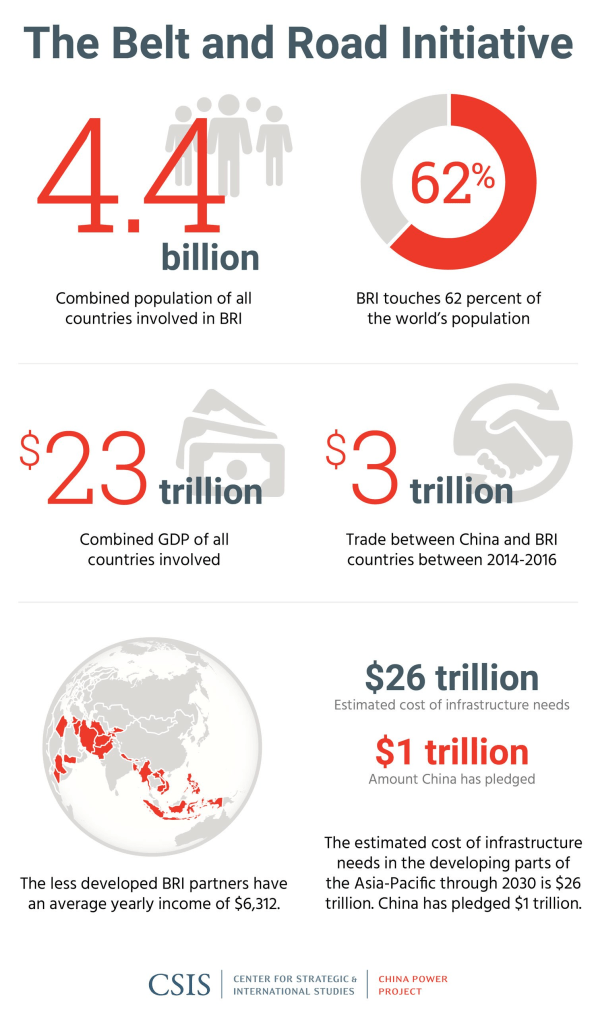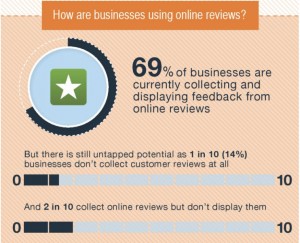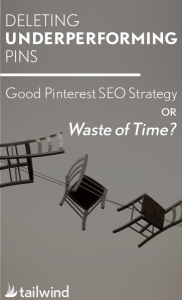In a country as deeply divided as the United States, it might take a serious existential threat from without to unite us. We face such a threat from China, if we only realized it. It’s a gradual, mostly quiet threat: we are the frog in that proverbial slowly boiling pot.
Some years ago, when I was overseeing a major customer conference for a client, I had the chance to do a fireside chat with Masayoshi Son, founder and CEO of Softbank. He had just purchased Comdex and was beginning to look closer at U.S. companies to expand his business reach.
One of the things he told our audience was that he had a vision for his company and that his vision spanned a 300-year time frame. He had spoken to select media about his 300-year company vision before my interview with him and had already been ridiculed. They called his plan an “outlandish idea.”
U.S. businesses have trouble envisioning even a three-year or five-year plan. In the West, much of the visioning of the future is left up to science fiction writers instead. I have been talking to China experts who point out that 50- to 100-plus-year plans are not unusual for many top-level Asian political leaders.
The Belt and Road initiative, China’s strategy to become an economic superpower to rival the U.S., is a good example of this long-term global planning. The Center for Strategic & International Studies explains the initiative this way: “Announced in 2013, the Belt and Road Initiative (also known as One Belt, One Road or OBOR) aims to strengthen China’s connectivity with the world. It combines new and old projects, covers an expansive geographic scope, and includes efforts to strengthen hard infrastructure, soft infrastructure, and cultural ties. At present, the plan extends to 65 countries with a combined gross domestic product of $23 trillion and includes some 4.4 billion people.”

[Image: Center for Strategic and International Studies]
China wants to be the center of the trading and commerce universe. By building the types of roads and shipping ports linked to these 65 countries, the country is giving shape to the concept that All Roads lead to China.
President Xi, with his president-for-life promotion, will be driving the Belt and Road initiative (and the One China initiative) for years to come, in a push to make China the dominant economic world power again. He is likely grooming a successor to continue driving the program when he can no longer lead the party.
China also wants to dominate tech and, more specifically, artificial intelligence. The strategy is described well in Kai-Fu Lee’s book “AI Super-Powers: China, Silicon Valley, and The New World Order.” Lee points out that China is devoting billions of dollars and thousands of engineers to working full-time on AI breakthrough technologies. China fully expects to be the dominant player in AI even though the U.S., at least at the moment, is ahead in AI research.
While China has long-range plans for technological and economic domination, U.S. companies still mostly plan quarter-by-quarter. They’re hard-pressed to envision their future beyond 10 years out.
At the same time, our government is in turmoil with infighting at every branch of government. It lays out future plans based on four-year presidential terms. Even if a U.S. leader has a long-term vision for the country, getting that vision passed and funded by a split Congress is difficult if not impossible in the current Washington climate of constant bickering and partisan stonewalling.
It’s no wonder China continues to try to hack our elections, steal tech IP, and use social media to sow discontent at every level of politics. By doing this, they assure that the U.S. is mostly treading water when it comes to driving a strong, long-term vision for American innovation and the country’s technology industry. As hard as it may be to envision within the next five or fifty years, a more unified America may be essential to combating the world-dominating economic and technological threats that China will pose in the future.
Tim Bajarin (@Bajarin) is an American technology columnist and technology consultant.
(70)









